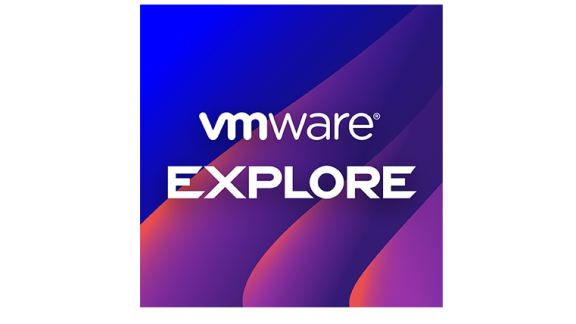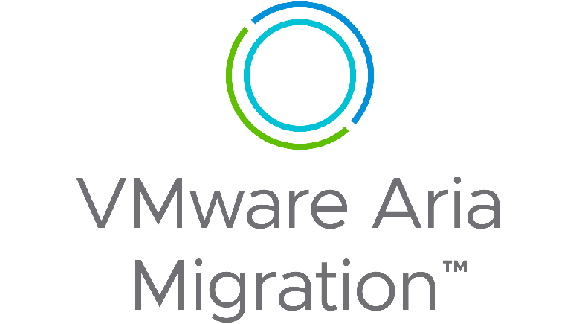FinOps is the practice of adapting operational processes to take advantage of the financial benefits of the cloud and maximize return on investment. Here we break down why FinOps is important and lessons learned from our community of FinOps practitioners.
As businesses confront some of the common challenges related to managing cloud costs, it’s not long before they encounter the concept of FinOps as a catch-all term for the answer to their problems.
At this point, FinOps is so well-established to those with mature cloud strategies that it’s important to take a step back and answer an important question—what is FinOps?
In short, FinOps refers to the operational practice of managing the financial implications of public cloud usage. The decentralized nature and rapid scale of the public cloud creates new, often unforeseen dynamics for IT, finance, and engineering teams. Since anyone in the organization could have free rein to deploy workloads via the organization’s public cloud accounts, it’s not uncommon for those early in their cloud journeys to receive much larger cloud bills than anticipated.
While budget overruns are common enough that Gartner has estimated as many as 80% of businesses will exceed their budgets for infrastructure as a service, the subsequent management headaches compound this problem. Many organizations spend significant amounts of time trying to determine who is responsible for cloud costs or identify ways to reduce the cloud bill without impacting performance, which ultimately takes time away from the strategic projects that made the cloud attractive in the first place. In fact, only 29% of respondents to an Accenture survey released in 2020 said that they are “completely confident that their organization’s cloud migration initiatives will deliver the expected value at the expected time.”
This is the problem that FinOps was born to solve. FinOps, otherwise known as cloud financial management, is the practice of adapting operational processes to take advantage of the financial benefits of the cloud and maximize return on investment.
Why does FinOps matter?
In our work helping businesses implement cloud financial management strategies, we’ve found that most organizations follow a similar trajectory consisting of four phases of maturity:
- Visibility: Tracking and reporting on the source of all cost drivers in a cloud environment, whether limited to one cloud service provider or across multiple clouds.
- Optimization: Eliminating unnecessary cost drivers in the cloud environment, including rightsizing overprovisioned resources, deleting unused resources, and taking advantage of discount pricing through cloud service providers’ committed use options.
- Governance and automation: Establishing policies on usage to prevent behavior that can contribute to unnecessary costs, and using automation to take automated action or notify the right people when policies are violated.
- Business integration: Aligning the cloud financial management practice with the organization’s strategic objectives and KPIs, ranging from day-to-day development processes to long-term budgeting, investment, and pricing decisions.
The ability to address these challenges is becoming a competitive advantage. Those that can maintain an efficient cloud environment will have more budget and time for strategic investments, and greater flexibility to price products and services competitively.
This realization is becoming prevalent in a business environment that is increasingly embracing the public cloud. The FinOps Foundation, which is hosted by The Linux Foundation and dedicated to advancing the discipline of FinOps and cloud financial management, currently counts nearly 3,000 members across 1,200 companies—including VMware, which is a premier member.
Who is responsible for FinOps?
One of the biggest challenges for organizations looking to embrace the principles of FinOps is determining how to take the next steps.
Since cloud financial management is a continuous process, many CloudHealth customers have nominated an internal cloud economist to assume responsibility for the strategy and execution.
This includes:
- Interacting with cloud service providers to understand the technologies and pricing options available
- Establishing policies and programs that encourage teams to keep costs in mind when making decisions in the cloud (showback, chargeback, and gamification, for example)
- Working with executives and other key stakeholders to help ensure organization-wide accountability around cloud costs and alignment with broader business KPIs
In our work with large cloud users, we’ve seen the cloud economist come from a variety of backgrounds within the organization, including finance, procurement, or technical teams with a more in-depth understanding of the cloud ecosystem.
For most of our customers, the cloud economist—and cloud financial management generally—is part of a broader cross-functional team responsible for the organization’s cloud management practice. Commonly referred to as the Cloud Center of Excellence, Cloud Program Office, or Cloud Strategy Office, this group is responsible for ensuring all relevant stakeholders have influence over policies that may affect their teams. This helps to ensure policies have the intended impact on cloud financial management, operations, and security and compliance without inhibiting productivity or performance.
Ready to take the next steps? Try our interactive assessment tool to see how your cloud financial management strategy stacks up with best practices in our community, and request your free trial of the CloudHealth platform to get started.
In the meantime, here are some additional resources:
- Whitepaper: Building a Successful Cloud Financial Management Practice
- Guide: 5 Best Practices For Improving Cloud Cost Management
- Whitepaper: FinOps for Kubernetes: Unpacking Container Cost Allocation and Optimization
- Whitepaper: Global Assessment of Cloud Management Maturity
- Whitepaper: The Next Generation of Cloud Management Starts with a Cloud Center of Excellence








